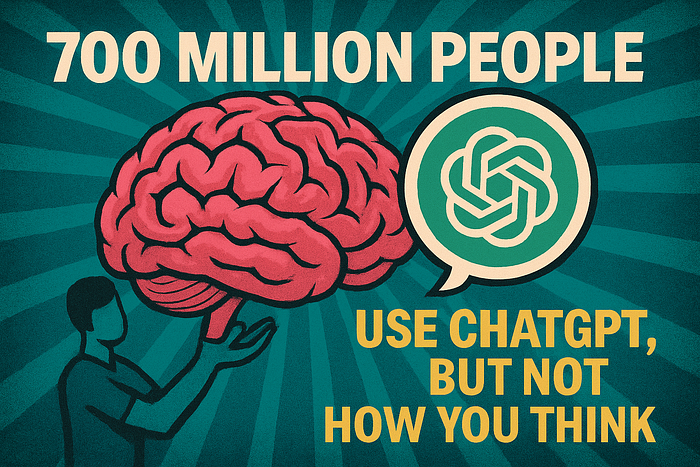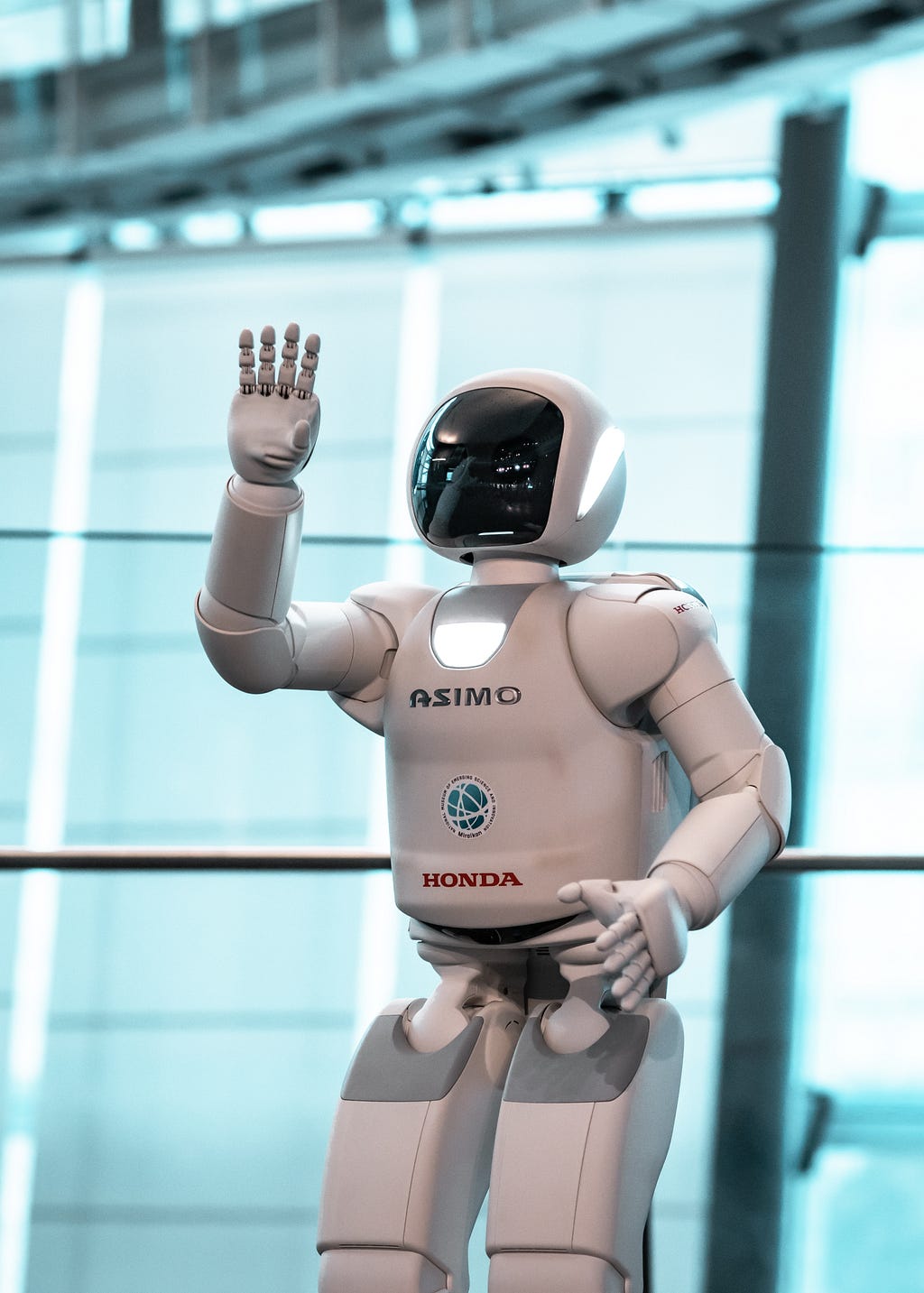
Using Data Science to change industries forever
Last Updated on January 7, 2023 by Editorial Team
Last Updated on May 24, 2022 by Editorial Team
Author(s): Tim Cvetko
Data Science
The story of AI, Big Data and changing the future
Data science is a perfect example of the collaboration of mathematics and data to simplify our lives. You may not be aware of it, but you’re surrounded by algorithms every step of the way. From finding the optimal way home to minimizing the cost by maximizing the desired outcome to your car measuring how much gas you’ve got left in the tank. Heck, there’s even an algorithm for multiplying two numbers. I bet you didn’t think of this one, did you?
The story of AI
“Artificial intelligence”. Sounds kinda scary, doesn’t it? Your first impression might be robots (‘I, Robot’ stuff, you know what I’m talking about) or the world has gone mad.
Let me clarify that. AI is about machines becoming intelligent. The way to become intelligent is by getting repetitively better with gigantic amounts of data. As you’ll see, there is no hidden agenda to AI.

Why the 21st century is a Big Data century
Information is power. It may be just a threat during the cold war, but it has definitely lived up to its expectations. Let me tell you why:
- Big Data drives big algorithms. Remember: the model is only as good as your data. A couple of decades ago, there has been a computational power crisis, and papers like Moore’s law pouring some distaste. Cloud services take care of that with distributed data. If interested, I encourage you to read the following article:
Why Moving to the Cloud is Inevitable
- Because without being able to manage, preprocess, scale, and distribute data in the 21st century you can forget about being a 21st-century company.
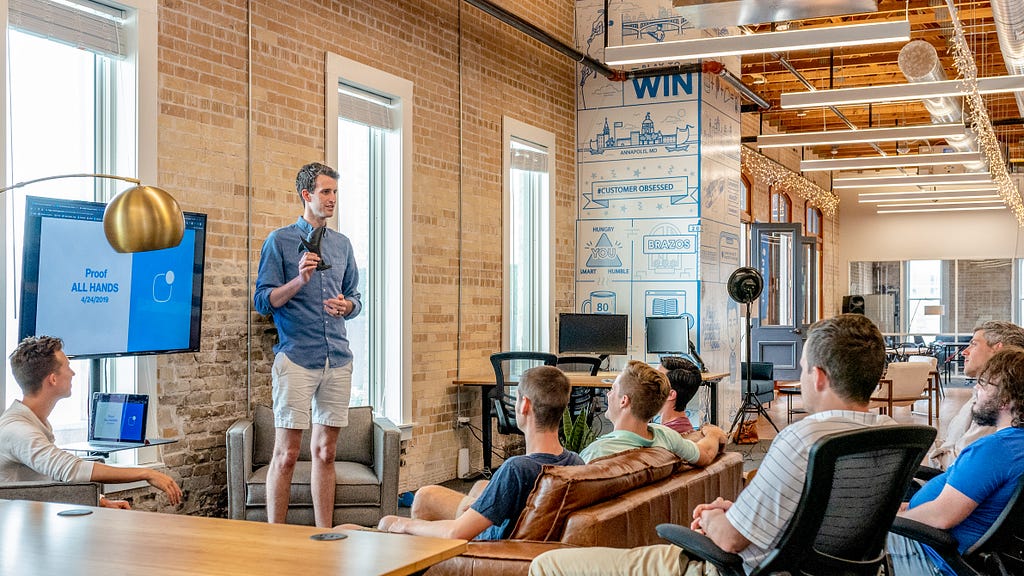
Just take a look at what (digital) transformations these companies have made just to keep up.
[ One might argue that some of these companies were digital to start with and he’d probably be right. Nevertheless, the urge to keep grinding is true for all. ]
Check out how brands are creating new innovations for the future
Industries that will incur the most radical changes
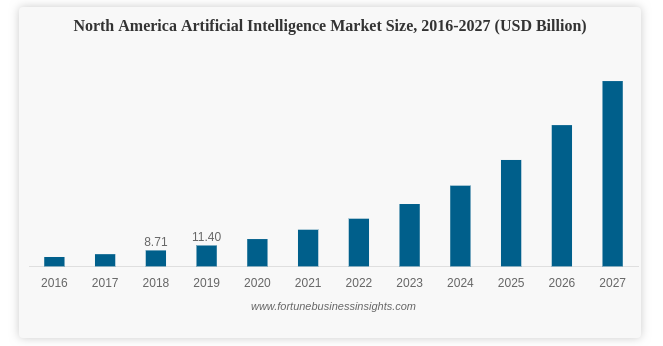
AI in Healthcare:
Allow me to start by saying that in the field of applying AI to medicine, there has been a whole lot more research and deep learning than there could or should be. Let’s get straight into it and let me show you what the future holds:
- Automation of processes. As always, AI is about simplifying tasks done by humans in a much more efficient and less time-consuming manner.
- Deep Learning has made huge progress. For example, ECG segmentation, predicting, faster diagnosis, sleep stages detection based on EEG data, cancer detection, developing new medicine and so much more.
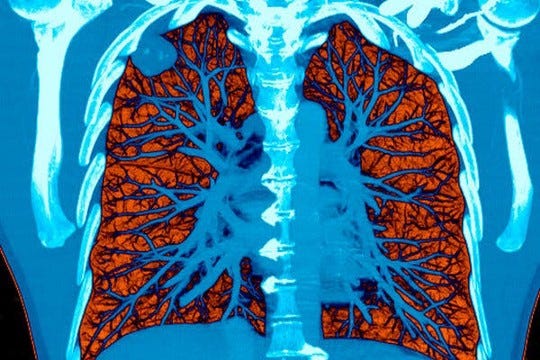
- How AI is improving cancer diagnostics
- Artificial Intelligence in Healthcare: the future is amazing – Healthcare Weekly
Manufacturing
I’m not just talking about robots handling one’s work. They will outsmart a worker. I’m not just talking about the fact that machines are consistent, relentless and you don’t have to pay them. Once we empower algorithms to find the optimal workflows, the manufacturing process will never be the same.
Data has become a highly valuable resource, and it’s cheaper than ever to capture and store. Today, more manufacturers than ever are leveraging that data to significantly improve their bottom line thanks to Artificial Intelligence — and particularly and Machine Learning.

For example, one of the key ideas here is Automated Root Case Analysis which is about identifying factors that cause defects or quality deviations in the manufactured product.
Sports and entertainment
Machine learning can predict a user’s behavior to make recommendations on the type of movie, music, TV shows, and other content he’ll be interested in. Also, adverts can now be personalized based on the user’s preference, thereby increasing the chances a marketer will make a sale.
The Stock Market
Time series analysis will be able to make strong predictions based on previously seen data. The first question that should pop up is:
Can an artificial intelligence learn to beat the stock market?
I’ll let you get to the bottom of that. Anyway, I saved the best for last.
Transportation
An autonomous car, also known as a self-driving car, is a vehicle that can sense its environment and is capable of moving without human interference. This technology can transform the transportation system, because it can analyze traffic and alternative routes, thus reducing travel times.

Conclusion
Even with computer vision algorithms, like YOLO the scenario doesn’t shift to surveillance, it shifts to reading license plates of cars and checking how many people are using their phones while driving. Hopefully, after reading the article, you feel better at acquiring knowledge and information and don’t have that awful feeling about AI taking over (anymore). I presented the industries that are about to make the most radical changes and where that leaves us for the future.
Best of luck and happy coding!!! 🙂
Connect and read more
Feel free to contact me via any social media. I’d be happy to get your feedback, acknowledgment,
or critic.
LinkedIn, Medium, GitHub, Gmail
I have just recently started writing my own newsletter and I would really appreciate it if you checked it out.
Link: https://winning-pioneer-3527.ck.page/4ffcbd7ad7.
Using Data Science to change industries forever was originally published in Towards AI on Medium, where people are continuing the conversation by highlighting and responding to this story.
Published via Towards AI
Take our 90+ lesson From Beginner to Advanced LLM Developer Certification: From choosing a project to deploying a working product this is the most comprehensive and practical LLM course out there!
Towards AI has published Building LLMs for Production—our 470+ page guide to mastering LLMs with practical projects and expert insights!

Discover Your Dream AI Career at Towards AI Jobs
Towards AI has built a jobs board tailored specifically to Machine Learning and Data Science Jobs and Skills. Our software searches for live AI jobs each hour, labels and categorises them and makes them easily searchable. Explore over 40,000 live jobs today with Towards AI Jobs!
Note: Content contains the views of the contributing authors and not Towards AI.




